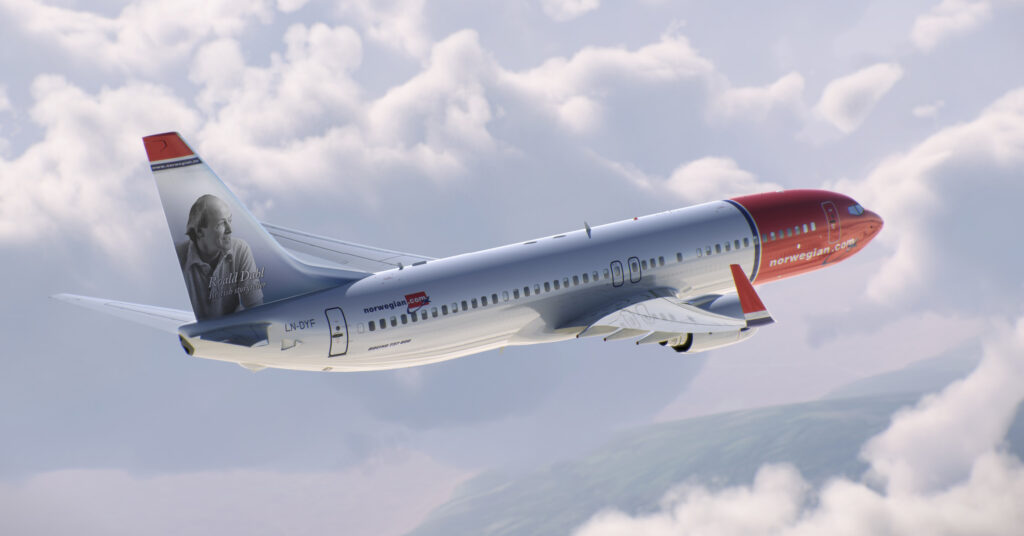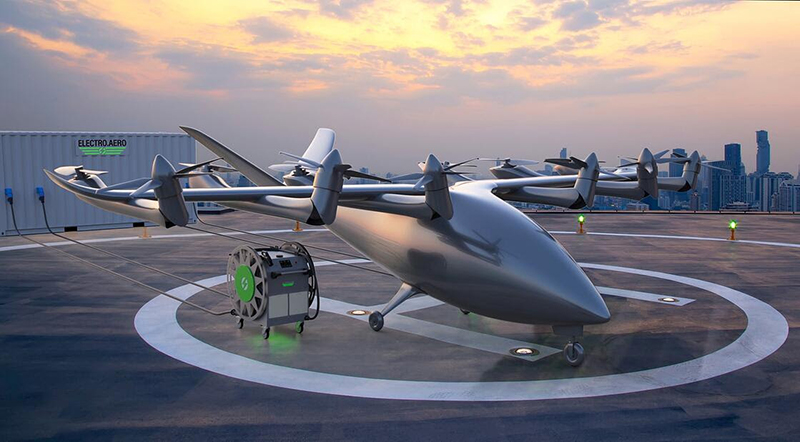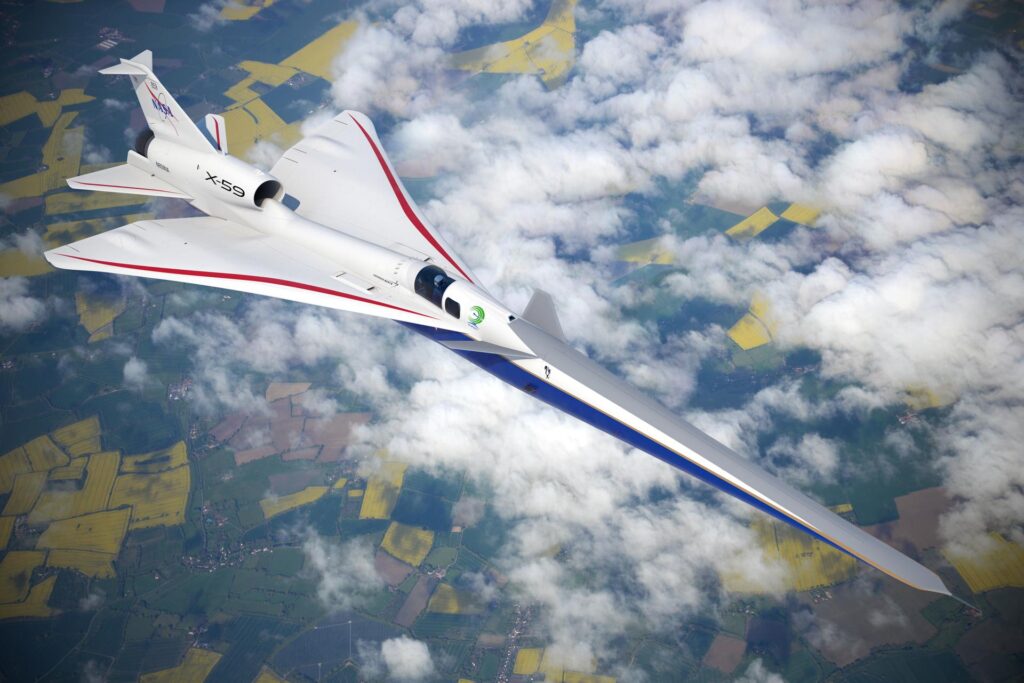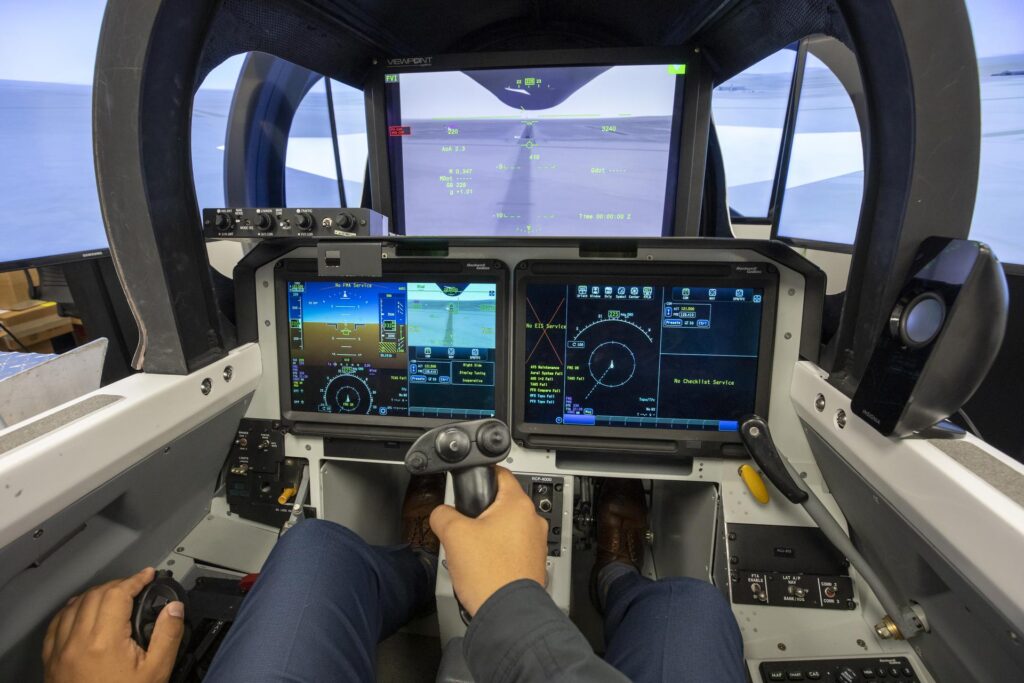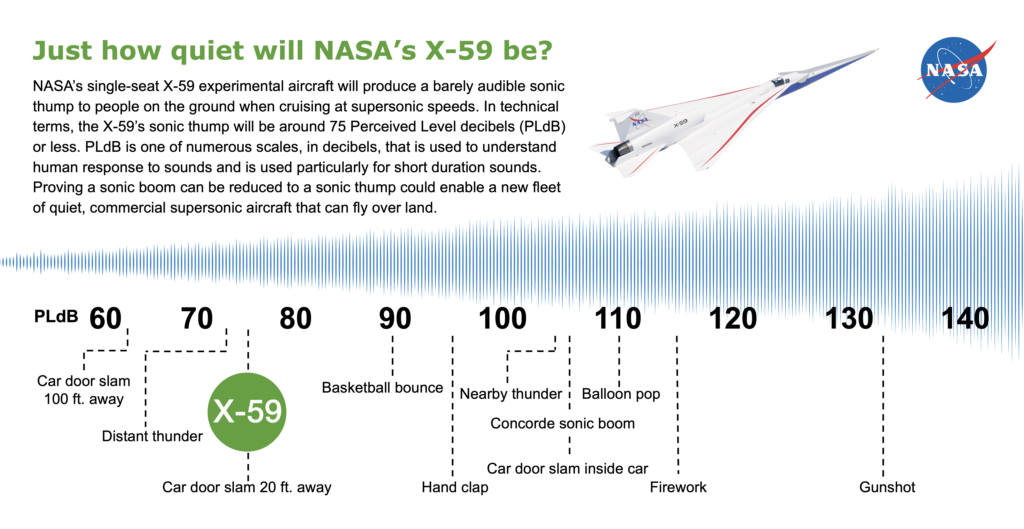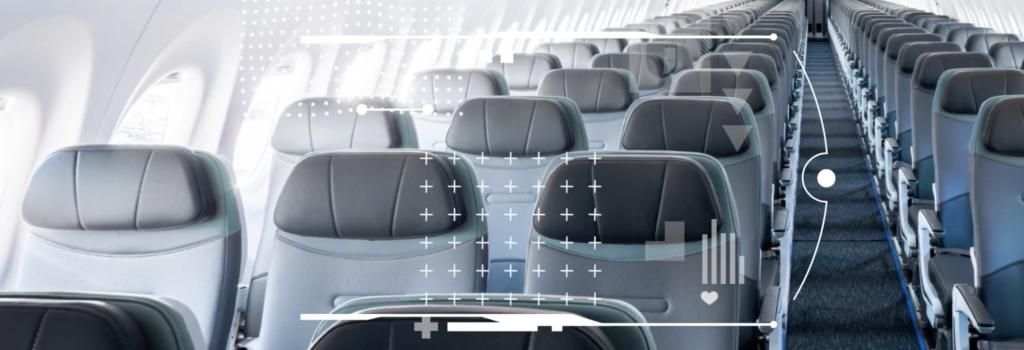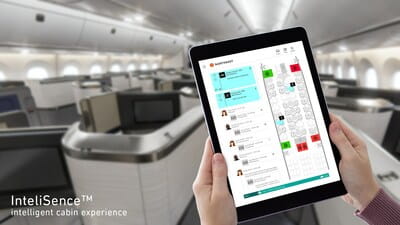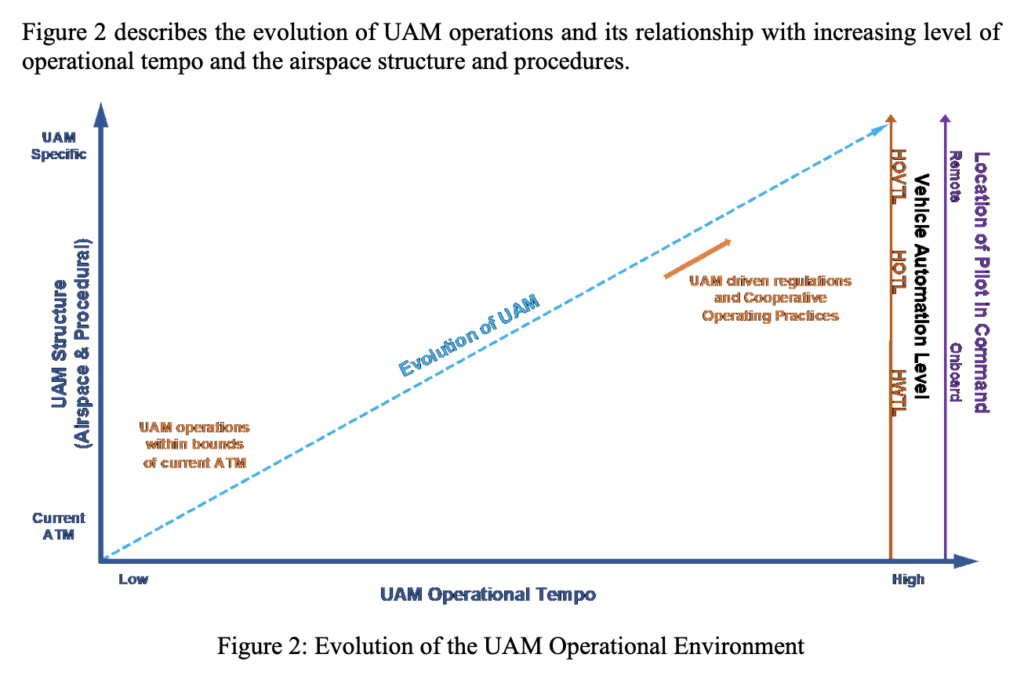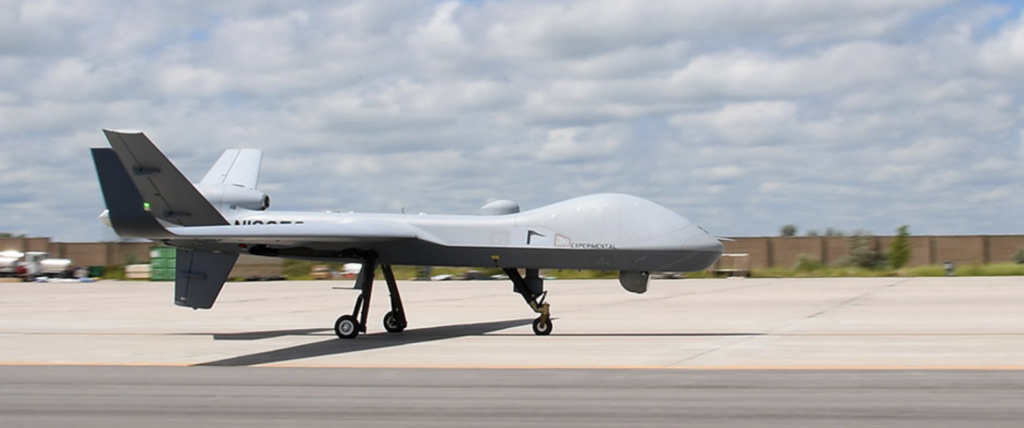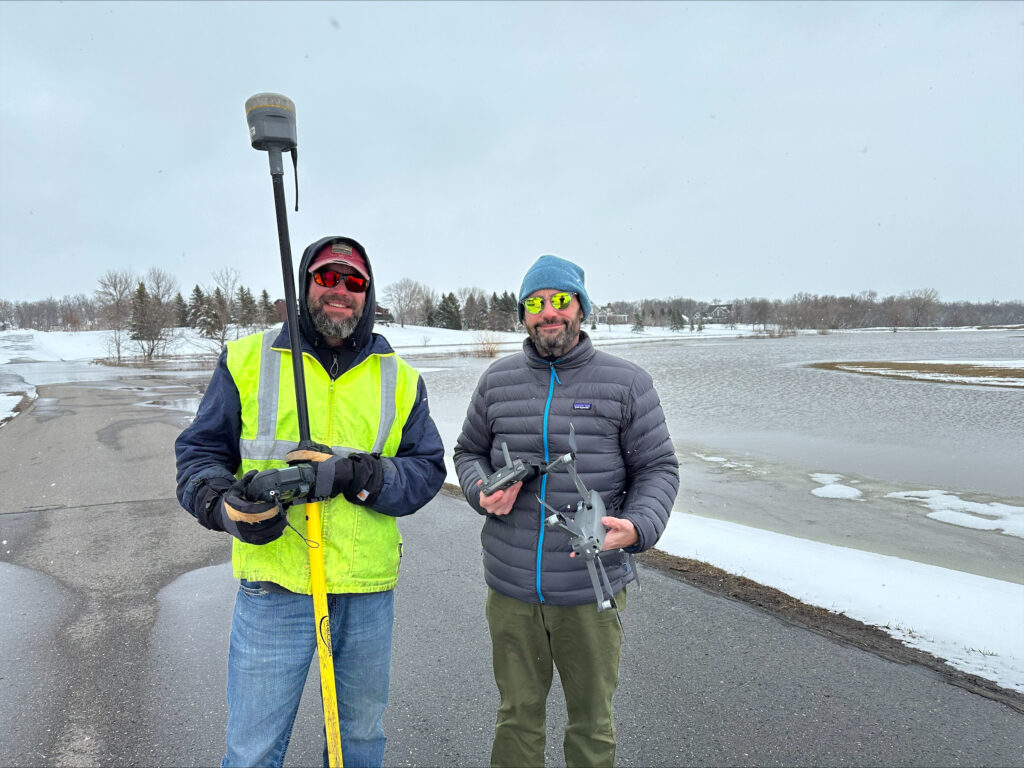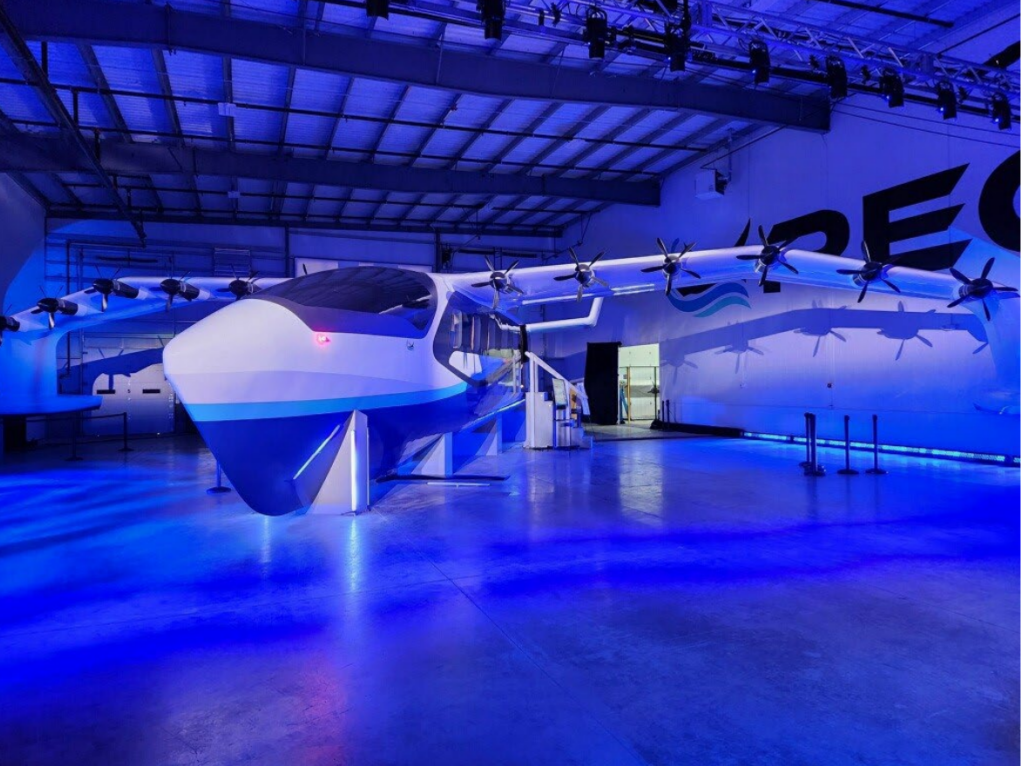

Rob Mather of IFS identifies the five key developments that will bring profits back for commercial aviation in 2023. (Photo: IFS)
An overriding sense of optimism is rippling through the aviation industry again after a turbulent couple of years. Profits look set to return to airlines for the first time since 2019 as predicted by the International Air Transport Association. Rob Mather, Vice President, Aerospace and Defense Industries, IFS identifies the five key developments that will bring profits back to the industry. His predictions span new modes of travel on earth and space to new manufacturing developments, not to forget the need to negotiate the bumps in the road caused by maintenance and sustainment challenges.
A net profit of $4.7 billion and a 0.6% net profit margin is on the table for the aviation industry in 2023 according to the International Air transport Association (IATA) figures—the first profitable year since 2019. Fueling these rises in profit is a 20% increase in deliveries of large aircraft by compared to 2022 figures and production rates will match this increase by the end of FY 2023, according to Fitch Ratings figures. It also predicts the increase in air traffic to boost aftermarket sales and maintenance, repair, and overhaul (MRO) services.
Exploiting these opportunities in the aviation value chain are crucial with slim profit margins, so any chance for marginal gain is essential to explore. Some of these profits can be realized within five growth areas in the aviation industry on both a macro and micro scale.
- 30% of aerospace organizations set to diversify suppliers – As near-shoring and additive manufacturing shape supply chain evolution
Unstable supply chains are one of the biggest causes for concern within the aerospace and aviation industry. Deloitte stated in its most recent Aerospace & Defense Industry Outlook, that it believes there will be a shift to regional sourcing from global sourcing next year, including the transfer of raw materials, parts, and complete A&D goods globally. A key priority for aviation businesses to diversify their supply chains to pivot to local sourcing and near-shoring to prevent concentration risks across the supply chain. One method that is seems tailor made to enable this push towards localization is additive manufacturing (AM)—which is already showing its potential and is designed to help reduce, control, and lessen supply chain challenges. AM has already been found to reduce cost and lead time of spare parts/inventory management by 60-90% compared to other manufacturing methods.
3D printing is already being implemented by many airline operators and MRO providers in a range of ways. After Scandinavian Airlines (SAS) couldn’t find off-the-shelf engine covers, exhaust plugs and other parts due to supply chain issues for its stored aircraft, the airline turned to partnering with a local aviation engineering business with 3D printing capabilities to print the relevant parts. Recently, a component for the IAE-V2500 engine’s anti-icing system received official aviation certification from the European Union Aviation Safety Agency (EASA) after being manufactured by Lufthansa Technik’s Additive Manufacturing (AM) Center. Despite these advancements there are still bumps in the road to wide adoption and regulatory success, but the future is bright for local suppliers having a role in play in improving the resilience of the aviation industry supply chain and additive manufacturing will be crucial in this journey.
- Commercial space travel takes flight – Commercial space market to grow over one-third in 2023 as it receives boosts from space travel and satellite infrastructure
In 2023, we’re looking at a new kind of space race. NASA and SpaceX both have lunar visits in their sights. The widely covered NASA Artemis Moon Mission will eventually include a crewed lunar landing. Meanwhile SpaceX is targeting making lunar orbits more accessible with its Starship spacecraft and Super Heavy rocket. Its dearMoon mission is a weeklong journey containing a crew of artists, content creators, and athletes from all around the world that will travel within 200 km of the lunar surface. Other “space tourism” market entrants include Blue Origin and Virgin Galactic, all contributing to the industry exhibiting a huge Compound Annual Growth Rate (CAGR) of 36.4% from 2022-2028.
Beyond space tourism, there are other areas of focus in the increasingly commercialized space sector. As the number of satellites providing critical on-earth infrastructure support increases—for communications connectivity, navigation, weather observation etc. – Space Infrastructure Servicing (SIS) or in-orbit servicing is becoming a growing addressable market. This includes the life extension, phasing, repair, and maintenance of critical assets as they orbit the earth. The market is huge. Some research organizations forecast as much $14.3 Billion In-orbit Servicing & Manufacturing revenue through 2030. In 2023 expect to see enabling technology evolve alongside the expanded commercialization of space.
- A quarter of advanced air mobility (AAM) start-ups to progress from prototype to Entry into Service (EIS)
The commercial aviation advanced air mobility (AAM) industry is still in “start-up” mode. There are some stand-out OEMs manufacturing the next-generation of air transportation, but there is still more progress to be made in terms of aviation authority certification and creating the supporting infrastructure to manage these new methods of travel. Projections from the Advanced Air Mobility Index show that 24% of the top AAM start-ups are expected to move from prototype and testing to Entry into Service (EIS) over 2023 and 2024.
On the regulatory side, there are also encouraging breakthroughs. At the beginning of November 2022, the FAA proposed its criteria for the Joby Aviation Model JAS4-1 eVTOL air taxi aircraft to be certified—providing an example of how eVTOL certification would work in practice. In December, the FAA published its proposed airworthiness criteria for Archer’s Midnight eVTOL. Over the next few years, as the industry matures, many of these manufacturers will become the operators and maintainers of these new air assets.
To get there though, the advanced air vehicle manufacturers will need to shift from prototyping mode to production mode. As start-ups this is new territory for most of the leading AAM companies, and infrastructure that can provide a digital backbone capable of supporting AAM system design, manufacturing, supply chain, and aftermarket services, will be essential to develop the successful commercialization and sustainment of AAM now and into the future.
- One in three leading airline operators will make MRO upgrades and modernization in 2023 – as traditional software become outdated
On the flip side, traditional airframe sustainment and support is also coming under the microscope. A large proportion of top airlines are managing their maintenance processes through highly configured ERP implementations, older best of breed systems, or legacy software. While some of these implementations are coming to the end of their system lifecycles, getting to the point where existing software used to manage aviation maintenance needs to be replaced, others are being forced to upgrade by their software vendor. These upgrades involve a major technology shift, and particularly with the heavily customized ERP implementations, will even end up requiring the effort of a brand-new implementation. These upgrades are required just to keep maintenance software operational, let alone support new business models, growth plans or new aircraft introductions.
Investment in modern aviation maintenance software is vital for airlines to grow and thrive in the current marketplace. “Evergreen” maintenance solutions will enable airlines to deploy continuous improvements over time instead of massive upgrade projects at the end of system lifecycles. An evergreen solution will guarantee ongoing system performance characteristics, and scale MRO to meet passenger and business demand now and into the future. This will also enable them to capitalize on new embedded technologies to improve automation and optimization, while maintaining security standards.
This is underlined by a recent ARC Advisory Group report: “There is a growing trend among carriers with large fleets to seek enterprise level core MRO solutions that are more comprehensive in scope (fleet/line, engine, component, heavy maintenance), and are at enterprise scale. Based on the research of this study, legacy ERP/MES systems are being replaced or seek replacement by core MRO solution sets at enterprise scale. The shift in the market share of MRO software solution providers reflects this growing trend among the top carriers.”
- Achieving industry sustainability goals move closer as sustainable aviation fuel eclipses 1 billion liters in 2023
Sustainability is progressing in the aviation industry as more businesses make sustainability promises, progress is being made for traditional and new forms of aircraft propulsion. More sustainable aviation fuel (SAF) is being used to power traditional aircraft flights. SAF production is expected to close out 2022 at 300 million liters according to IATA Figures a tripling over 2021 production. SAF is predicted to account for 65% of the mitigation needed to meet industry net zero CO2 emissions targets, meaning production will must rise to 450 billion liters annually by 2050. The positive sign is that over 50 airlines and over 450,000 of total commercial flights are using SAF as shown by IATA.
For new modes of air transport, AAM is seen by Deloitte as crucial for the industry to meet its sustainability targets, especially due to the progress in certification and Entry into Service shown above. This is already starting happen, and the AAM industry is receiving more investment and orders from airline operators including Air Canada, United Airlines, and Japan Airlines according to Cirium.
AAMs have a huge role to play in the reduction of emissions for regional or urban movement—a recent Deloitte study predicts AAMs to reduce travel time by 75% with zero operating emissions for a 25-mile intracity trip. In support of this is McKinsey estimates flights below 600 miles in length, make up for 17% of total airline CO2 emissions. Put these together and its clear AAM can help alleviate emissions problems due to their electrification and hybrid propulsion features incorporated into standard airframes for short-haul and regional distances.
2023 is the year for the aviation sector to reach new heights
Following a tough period for the aviation industry, the difference between profit and loss for many businesses will be these macro and micro-level developments. The aviation organizations that explore these new manufacturing processes, new methods of propulsion and new methods of air transport will quickly grab market share as the aviation sector progresses through 2023 and beyond.
The post OPINION: A Return to Profitability for Commercial Aviation appeared first on Avionics International.
—————
Boost Internet Speed–
Free Business Hosting–
Free Email Account–
Dropcatch–
Free Secure Email–
Secure Email–
Cheap VOIP Calls–
Free Hosting–
Boost Inflight Wifi–
Premium Domains–
Free Domains
